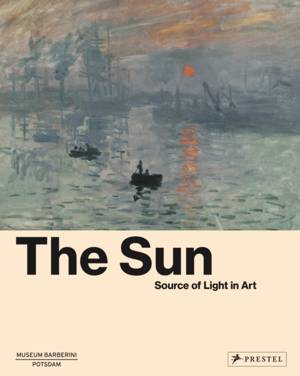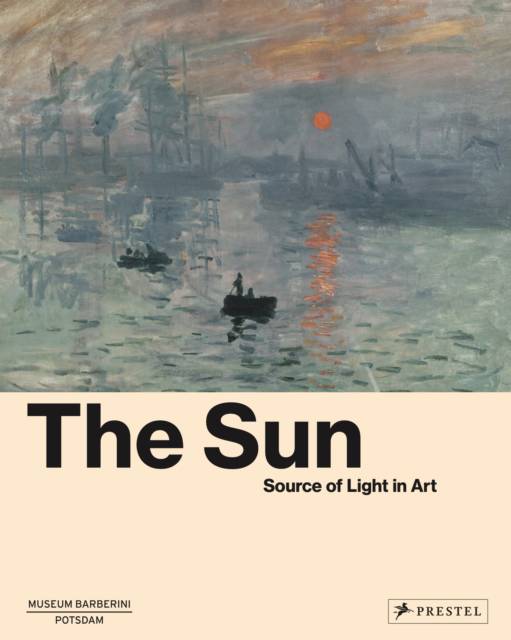
- Retrait gratuit dans votre magasin Club
- 7.000.000 titres dans notre catalogue
- Payer en toute sécurité
- Toujours un magasin près de chez vous
- Retrait gratuit dans votre magasin Club
- 7.000.0000 titres dans notre catalogue
- Payer en toute sécurité
- Toujours un magasin près de chez vous
The Sun
The Source of Light in Art
Ortrud Westheider, Michael Philipp, Daniel Zamani
Livre relié | Anglais
55,95 €
+ 111 points
Description
Published in conjunction with the 150th anniversary of Monet's 1872 painting, Sunrise, this unique and illuminating exhibition catalog reaches throughout history to explore how artist have incorporated the sun as a reference point and as inspiration in their art. For as long as humans have been making art, they have turned to the sun as the source of light, warmth and life itself. It appears as a symbol of limitless power, as the personification of gods and of Christ, and as a harbinger of change. Artists have also used the sun as a means of exploring light and color and as an entrée into discussions about climate. The first of its kind, this catalog investigates visual representations of the sun from antiquity to the present day. It is divided into seven roughly chronological sections that look at both epoch-spanning and period specific examples, including symbolic, allegorical representations, the iconography of mythological subjects, and mimetic qualities such as typology, phenomenology, and emotional effect. It includes more than two hundred stunning reproductions of well- and lesser-known works. Incisive and enlightening texts explore how solar symbolism figured in pre-Christian objects through 17th-century depictions of the "Sun King" Louix XIV; how artists such as Rubens and Monet employed the sun in their narrative paintings; how the Impressionists first investigated the sun's effects on a landscape; how Neo-Impressionist such as Seurat experimented with color based on the Newtonian analysis of the solar spectrum; and how 20th-century artists incorporated a broad array of abstract, surrealistic, and transformative modes of solar representation into a variety of media.
Spécifications
Parties prenantes
- Auteur(s) :
- Editeur:
Contenu
- Nombre de pages :
- 288
- Langue:
- Anglais
Caractéristiques
- EAN:
- 9783791379654
- Date de parution :
- 04-04-23
- Format:
- Livre relié
- Format numérique:
- Genaaid
- Dimensions :
- 246 mm x 309 mm
- Poids :
- 2002 g

Les avis
Nous publions uniquement les avis qui respectent les conditions requises. Consultez nos conditions pour les avis.






